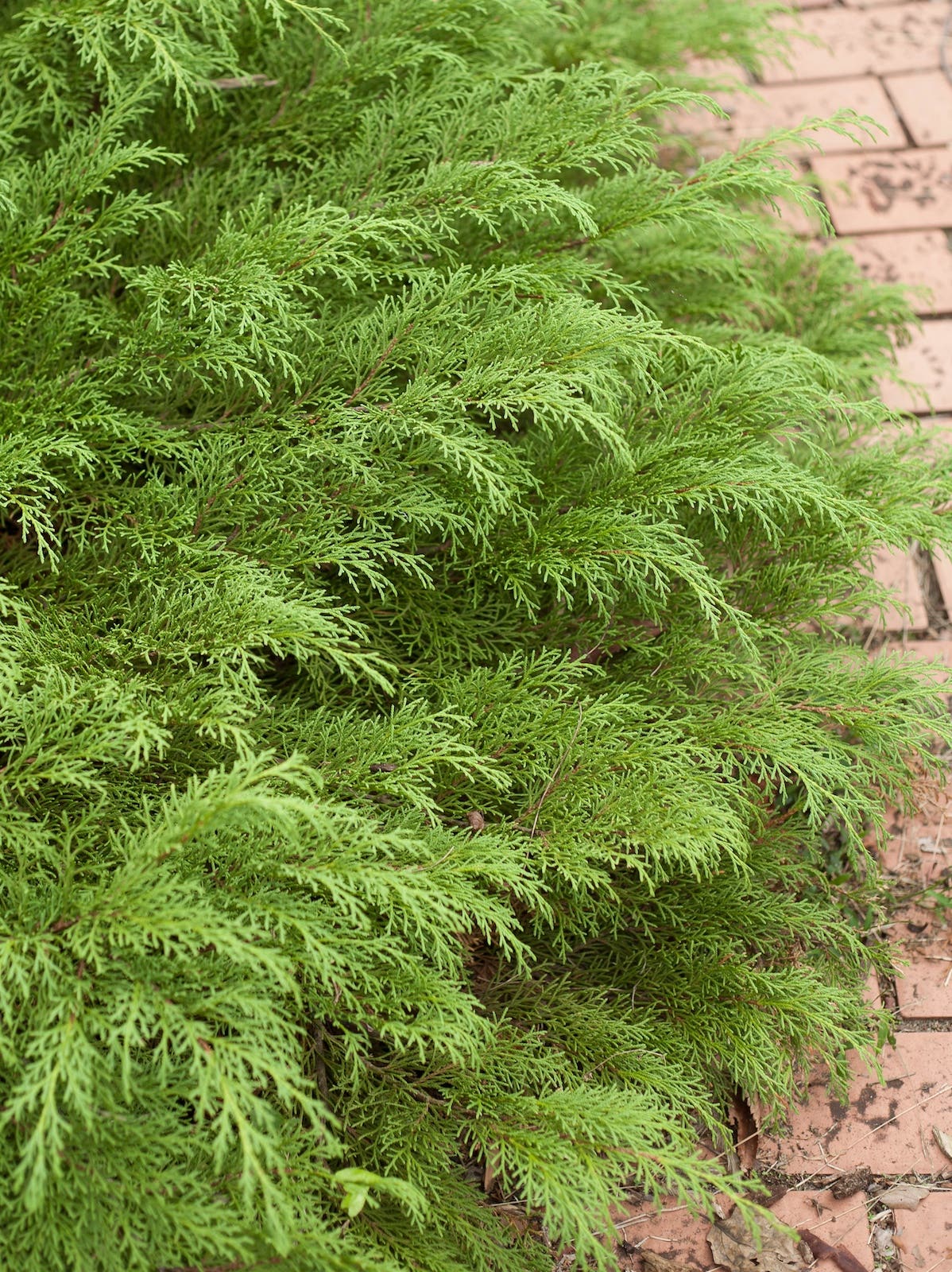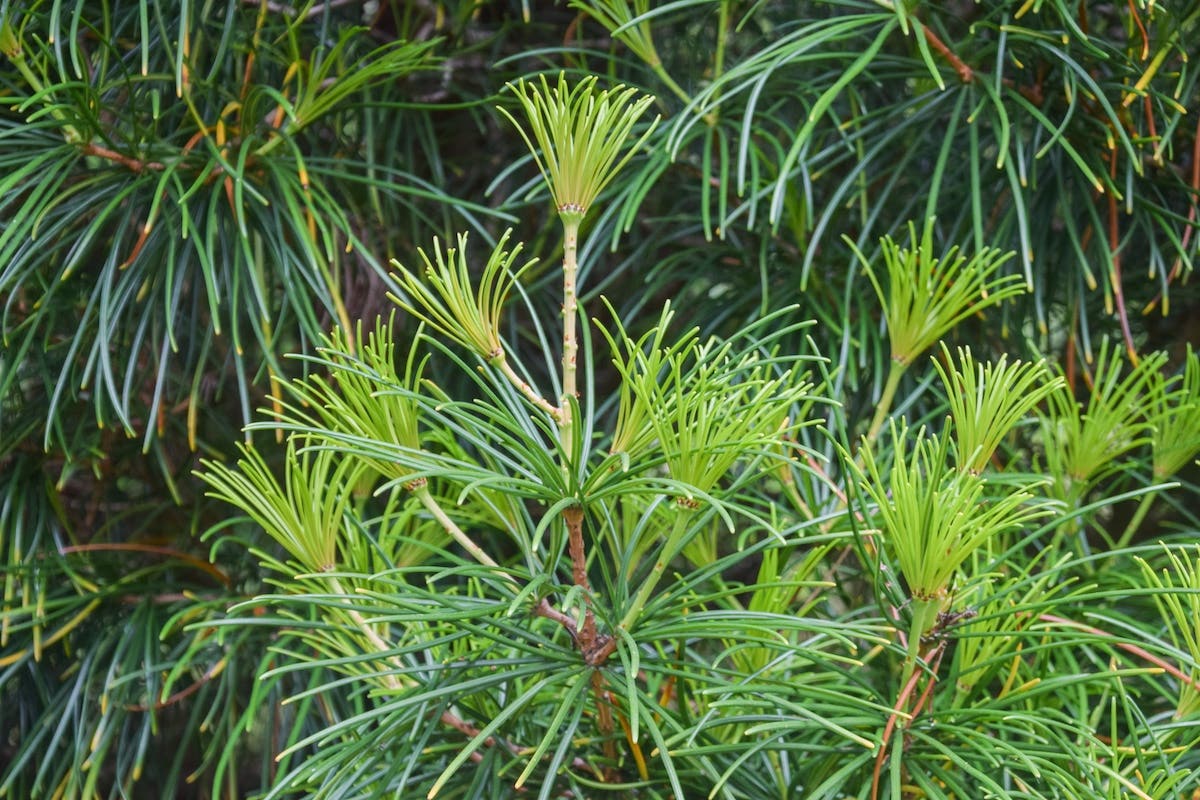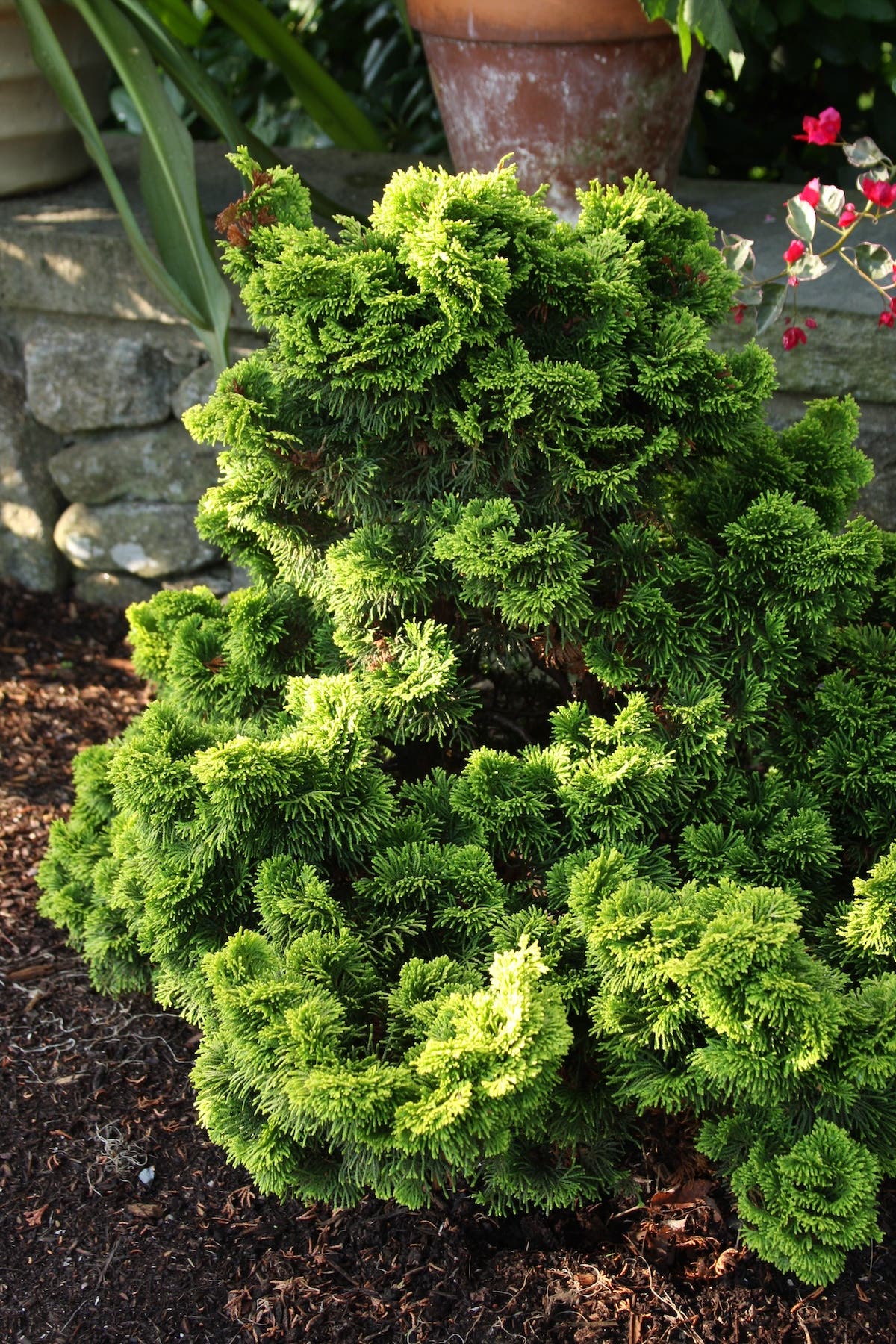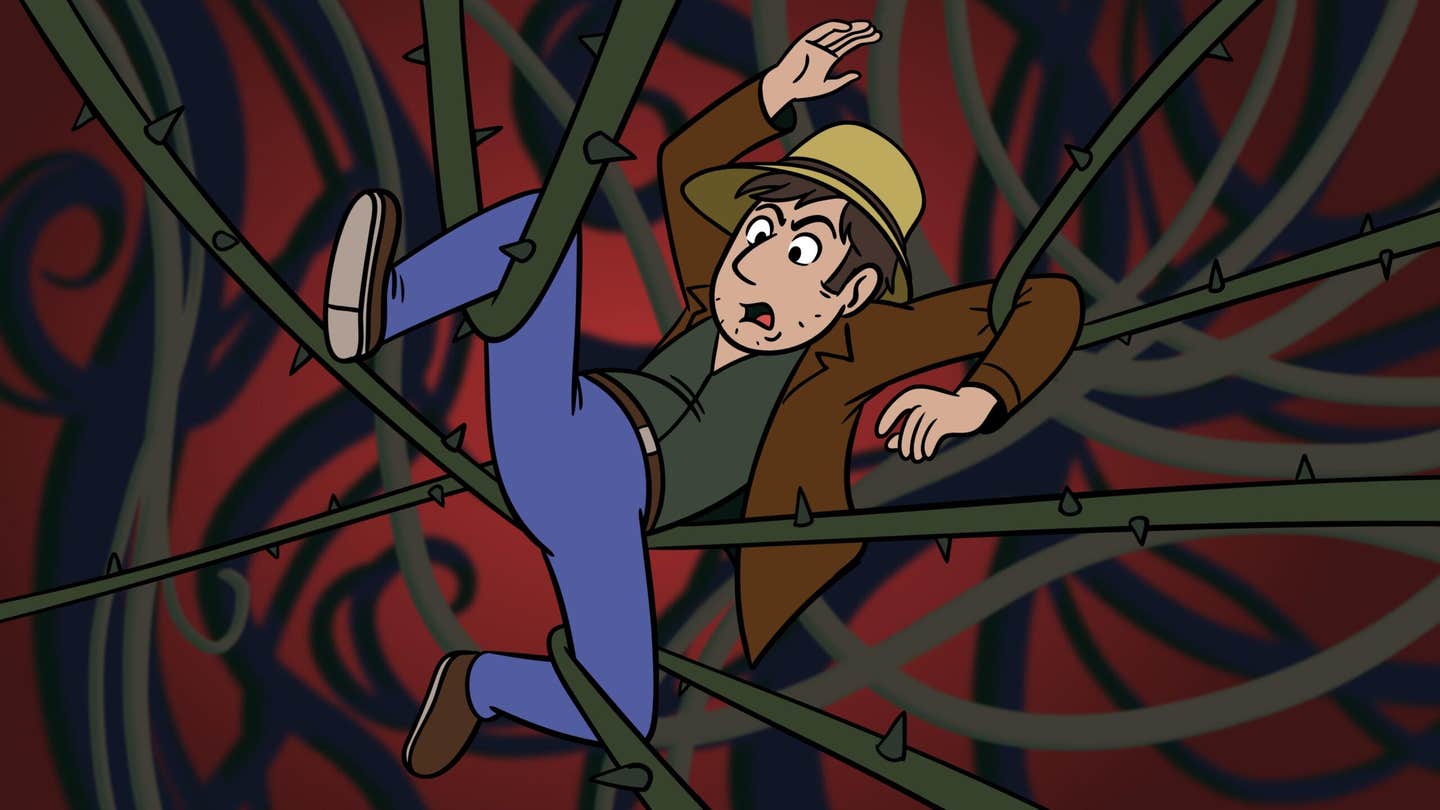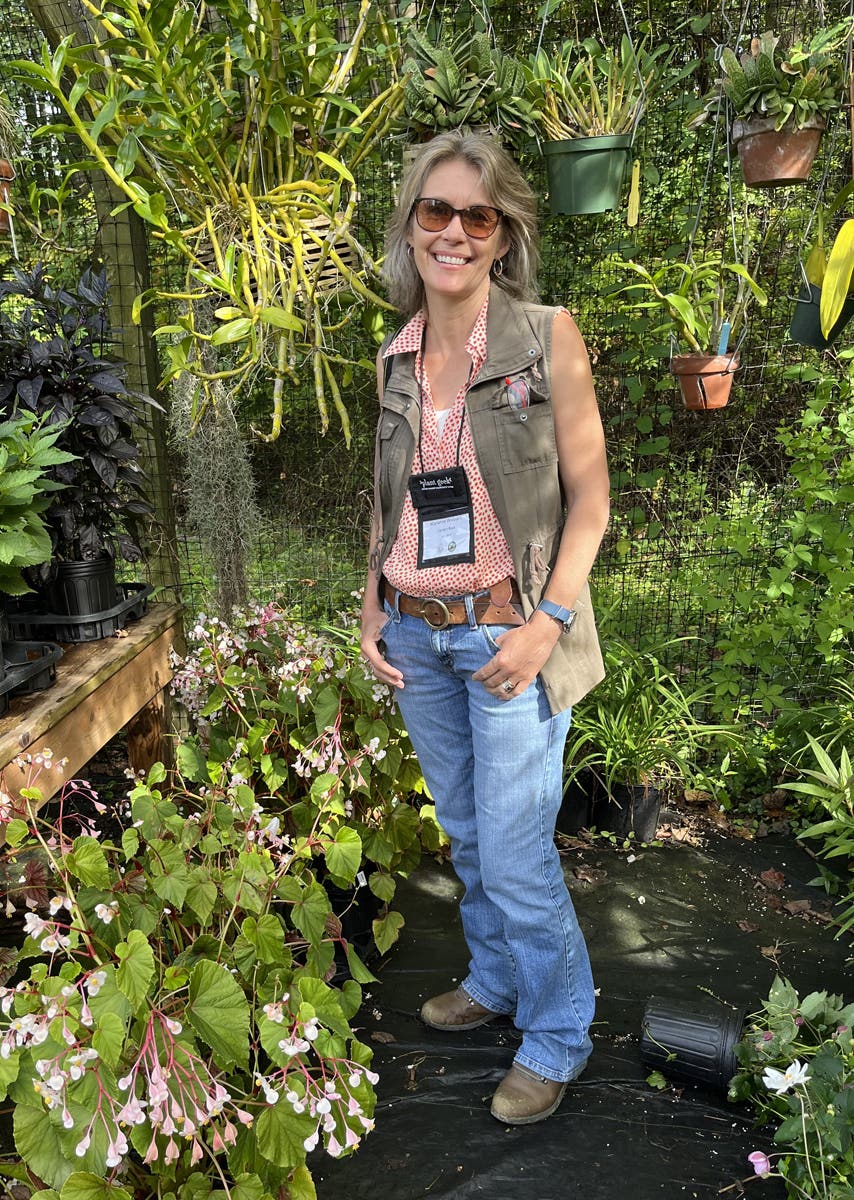Succession Planting Simplified
Learning to follow one crop with another is not as daunting as it might seem. There are only two main things you need to know to get a handle on…
Learning to follow one crop with another is not as daunting as it might seem. There are only two main things you need to know to get a handle on succession planting:
1. How long from planting until harvesting.
2. Who is related to whom.
It’s all about timing and rotating crops. Consider this three-year bed cycle from my Pennsylvania garden (USDA Zones 5–6):
In mid-spring potatoes are planted in a 4 x 4 foot bed. They take about three months to grow fully and are ready to pull at the end of July to mid-August, depending on the weather. Over the course of the season, add compost to the bed to help the spuds stay below soil level and thrive.
Beets take only 6 to 8 weeks to grow, and turnips about the same. Neither are related to potatoes, so they won’t be affected if there are any potential disease or bugs lurking in the bed. Both can take some frost, and most likely will need to. Out come the potatoes; in go the beet and turnip seeds.
Toward the end of September to mid-October, the turnips and beets are ready for harvest. Yum! The bed is then revitalized with some homemade compost and ready for garlic clove planting. Garlic loves to be overwintered in the garden and is usually ready to harvest at the end of the following July. Well worth the wait as far as garlic lovers see it.
A full year has come and gone, bringing us back to the end of July. What should be planted next? Consider parsnips or scorzonera (black salsify). Both do better if they get some frost, and they’ll keep that bed working through the winter. Be sure to give them some of that homemade compost. Harvest them in the spring when the rest of the garden is being planted.
Now two years have gone by. How time flies! Consider a short-season crop next, such as lettuce or spinach. Both will bolt when the temperatures get too hot, leaving the bed open once again. Hmm.
Plant a long-season carrot and some kale. Both can go well into the winter; at times kale will survive the winter entirely. Carrots will need a little help in the form of mulching, but still can be harvested at the very least into January. In March peas can be planted.
Keep in mind that none of the crops that have followed another have been related, so you’ve been rotating crops in the finest of style. You’ve kept that bed growing with little interruption for three years without the aid of special equipment. And, now you’re ready to start all over. Congratulations!
Give yourself a pat on the back—just remember to wash your hands first.
—Gardening Jones is a master gardener and writer from Pennsylvania.
_____________________________________________________________________
Diagnosis and treat veg-garden problems with What's Wrong With My Vegetable Garden? All solutions in this book are organic.
Celebrate our gardening heritage and enjoy healthy, flavorful varieties with The Beginner's Guide to Growing Heirloom Vegetables.
Organize your growing season with the Week-by-Week Vegetable Gardener's Handbook.
Check out these favorite references: The Vegetable Gardener's Bible,The Vegetable Gardener's Container Bible and Carrots Love Tomatoes.


